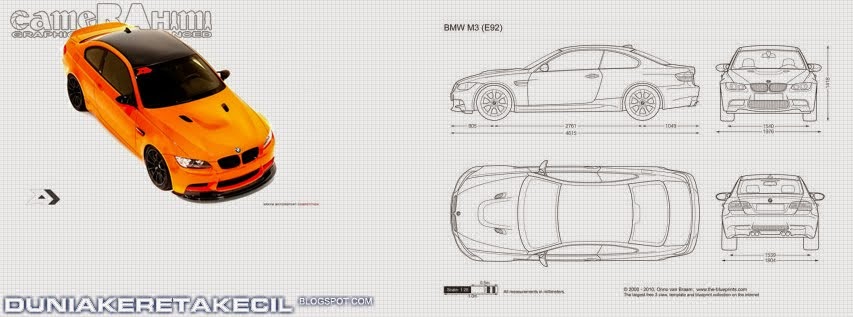Sunday, December 14, 2014
Sunday, December 7, 2014
Friday, December 5, 2014
Tuesday, December 2, 2014
Hot Wheels Ferrari F40
The Ferrari F40 is a mid-engine, rear-wheel drive, two-door coupé sports car built from 1987 to 1992. The successor to the Ferrari 288 GTO, it was designed to celebrate Ferrari's 40th anniversary and was the last Ferrari automobile personally approved by Enzo Ferrari. At the time it was the fastest, most powerful, and most expensive car that Ferrari sold to the public.[2]
The car debuted with a factory suggested retail price of approximately US$400,000 in 1987 ($830,000 today), although some buyers were reported to have paid as much as US$1.6 million. 1,311 F40s were manufactured in total
Origin
As early as 1984, the Maranello factory had begun development of an evolution model of the 288 GTO intended to compete against the Porsche 959 in FIA Group B. However, when the FIA brought an end to the Group B category for the 1986 season, Enzo Ferrari was left with five 288 GTO Evoluzione development cars, and no series in which to campaign them. Enzo's desire to leave a legacy in his final supercar allowed the Evoluzione program to be further developed to produce a car exclusively for road use.[4]
Drivetrain and suspension
Power came from an enlarged, 2.9 L (2936 cc) version of the GTO's twin IHI turbocharged V8 developing 478 PS (352 kW; 471 hp) under 110 kPa (16 psi) of boost. The F40 did without a catalytic converter until 1990 when US regulations made them a requirement for emissions control reasons. The flanking exhaust pipes guide exhaust gases from each bank of cylinders while the central pipe guides gases released from the wastegate of the turbochargers. Engines with catalytic converters bear F120D code.
The suspension setup was similar to the GTO's double wishbone setup, though many parts were upgraded and settings were changed; the unusually low ground clearance prompted Ferrari to include the ability to raise the vehicle's ground clearance when necessary.[5]
Body and interior
The body was an entirely new design by Pininfarina featuring panels made of kevlar, carbon fiber, and aluminum for strength and low weight, and intense aerodynamic testing was employed (see below). Weight was further minimized through the use of a plastic windshield and windows. The cars were not for the faint of heart; although the cars did have air conditioning, they had no sound system, door handles, glove box, leather trim, carpets, or door panels. The first 50 cars produced had sliding Lexan windows, while later cars were fitted with normal windows that could be rolled down.[6]
Aerodynamics
The F40 was designed with aerodynamics in mind. For speed the car relied more on its shape than its power. Frontal area was reduced, and airflow greatly smoothed, but stability rather than terminal velocity was a primary concern. So too was cooling as the forced induction engine generated a great deal of heat. In consequence, the car was somewhat like an open-wheel racing car with a body. It had a partial undertray to smooth airflow beneath the radiator, front section, and the cabin, and a second one with diffusers behind the motor, but the engine bay was not sealed. Nonetheless, the F40 had an impressively low Cd of 0.34 with lift controlled by its spoilers and wing.[7]
References :wiki/Ferrari_F40
Subscribe to:
Posts (Atom)






